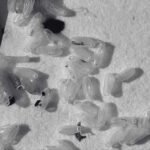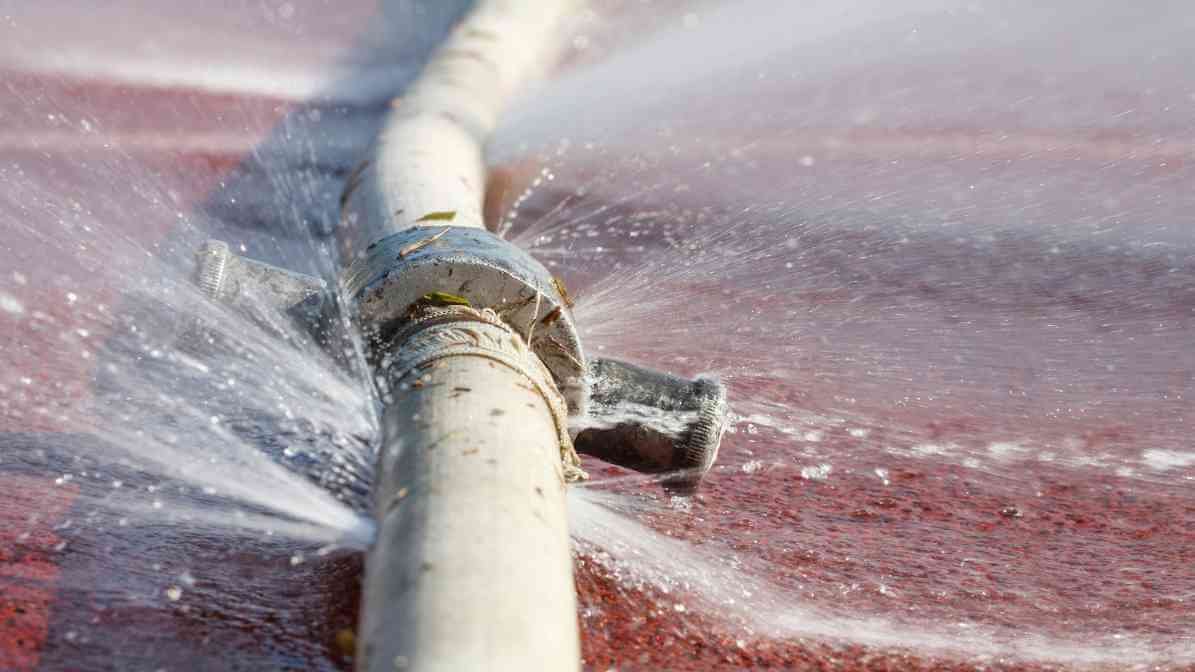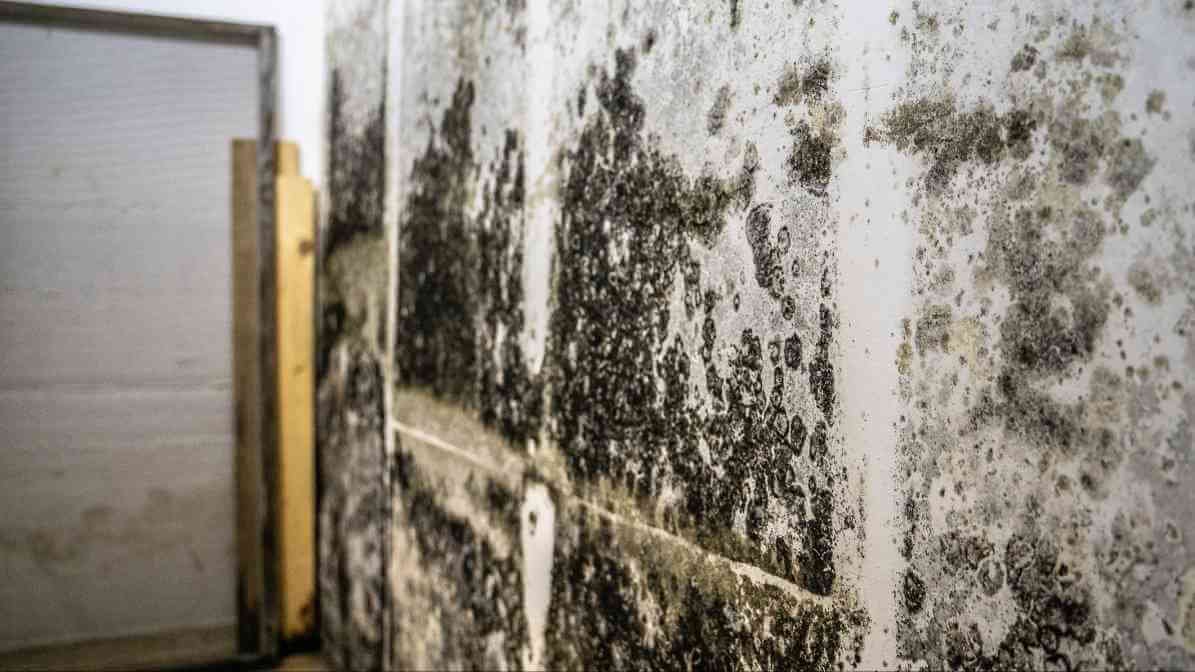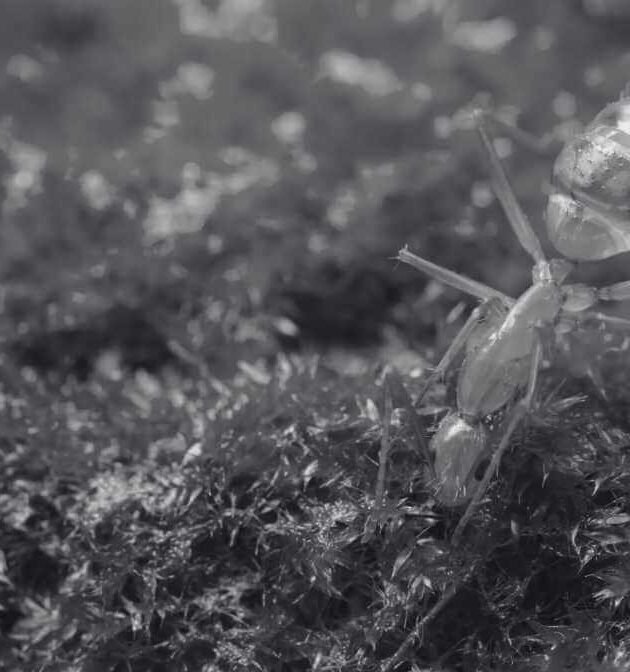
10 Cara Menghilangkan Pepijat Dengan Berkesan
May 4, 2025
Decoding the Booklice Life Cycle (Kayapaya)
May 6, 2025
Booklice Blog
Addressing book lice pest control requires a combination of environmental management and targeted treatment. When infestations are severe, consulting our experts ensures a complete and safe eradication process.
How to Identify, Prevent and Eliminate Infestations
The Ultimate Guide to Book Lice Pest Control
Book lice or psocids, are tiny wingless insects that often disregard. They can cause significant damage during infestation in homes, libraries, archives, and environments with books, papers or organic materials. Despite their name, they are not true lice but are often mistaken as pests because of their similar habits of feeding on stored items.
Primarily feeding on mould and fungi, thriving in environments with high moisture, leading to devastation in documents and textiles. Addressing these common pests with book lice pest control early is crucial. Their presence signals underlying issues like excess moisture, which can foster mold growth, further escalating the problem. Successful control involves both eliminating existing infestations and implementing preventive measures maintaining healthy, dry environment.
How to Identify and Rid of Book Lice Infestations?
Physical Characteristics of Adult Booklice
Adult booklice are tiny insects measuring about 1 to 2 mm long about the size of a sesame seed. They have soft, elongated bodies that are pale, translucent, or whitish-grey, making them difficult to see without magnification. They possess six legs and may have long antennae, aiding in their sensitive detection of environmental changes.
Most common sign of an infestation is the presence of tiny, moving insects around books, papers or organic materials. Common locations include the edges of books, inside bindings, store paper accumulations. Common areas with moisture buildup such as basements, attics, or behind walls. Look for signs of a booklice such as:
Small, pale insects in cracks and crevices of shelving, books, or storage boxes.
Tiny white or yellowish specks amid pages or on surfaces, these are skins molt or droppings.
Visible damage to paper, including yellowing edges, holes, or mold spots.
Smell of musty mold, which often accompanies high humidity environments.
Preventative Measures Against Molds, Mildew, and Infestations
Understanding the Diet of Book Lice
Booklice feeds on Mold, Mildew, and Fungi
They mainly feed on molds and mildew that grow on organic materials like paper, cardboard, and textiles. Their primary food sources include the molds and fungi that develop in damp environments, making moisture control essential.
Book Lice Relationship with Mold and Fungi
Their presence indicates an underlying mold problem, that can further damage books and promote an unhealthy environment. These pests thrive in areas with high humidity and moisture such as basements, bathrooms, or poorly ventilated storage rooms. Controlling mold and fungi growth is critical to rid of booklice successfully.
Effective and Permanent Pest Management Solutions
Book Lice Control Tips for Residential and Business Owners
Mold and mildew are the primary food sources for book lice and contribute significantly to their proliferation. Therefore, effectively controlling mold and fungi is essential in book lice pest control. By systematically combining these strategies, you can combat mold and mildew effectively. Creating an inhospitable environment for booklice and maintaining a clean, healthy space free of mold-related damage.
Here are comprehensive methods to eliminate and prevent mold and mildew buildup in your property:




1. Regular Cleaning of Surfaces
Begin by thoroughly cleaning affected surfaces with appropriate fungicides or natural alternatives like a mixture of water and vinegar. Vinegar is effective at killing many types of mold and mildew because of its acidic nature. Apply the solution with a scrub brush or spray bottle, and ensure you scrub away visible mold spots on walls, shelves, or other surfaces. Follow up with a clean water rinse and dry the area completely.
2. Improve Ventilation and Airflow
Good ventilation minimises humidity, which is critical in preventing mold growth. Use exhaust fans in the bathrooms, kitchens and the laundry areas. Keep windows open whenever possible, and install vents or air purifiers with HEPA filters to circulate clean, dry air.
3. Control Indoor Humidity Levels
Maintaining humidity below 50% is crucial to inhibit mold development. Use dehumidifiers in damp areas such as basements, attics, and storage rooms. Regularly monitor humidity levels with a hygrometer to ensure ideal conditions for mold prevention.
4. Address Water Leaks and Moisture Intrusion
Inspect your property routinely for plumbing leaks, roof leaks, or groundwater intrusion that could cause persistent moisture problems. Repairing leaks promptly prevents ongoing dampness that fosters mold growth.




5. Remove and Replace Mold-Infested Items
Porous materials like drywall, ceiling tiles with extensive mold contamination needs to be remove to ensure thorough mold eradication. Do not salvage heavily mold-infest items, it can continue to harbour spores and contribute to ongoing issues.
6. Professional Mold Remediation
For extensive or persistent mold issues, it’s best to hire our professional remediation services. Our experts utilise specialised equipment and EPA-approved fungicides to thoroughly clean and decontaminate affected areas. We ensures mold is eliminate safely and effectively, preventing it from serving as a food source for booklice.
7. Preventative Maintenance
Schedule regular inspections, especially in high-risk areas. Keep humidity levels monitored and ensure good airflow. Applying mold-resistant paints or coatings on vulnerable surfaces adds an extra layer of protection against future mold growth.
8. Utilise Mold-Resistant Products and Proper Storage Techniques
In areas prone to moisture, consider using mold-resistant paints, primers, or sealants on walls, ceilings, and other surfaces. These products help prevent mold spores from taking hold and growing. Also, keep books, papers, and textiles in airtight, moisture-proof containers. Use desiccants or silica gel packets to prevent mold growth.
Are All Environments That Have Mold and Moisture Prone to Book Lice Infestation?
Yes, places with high humidity and mold are perfect for book lice to grow. However, controlling moisture can stop infestations.
Pest Control Strategies for Book Lice
Effective Strategies for Book Lice Pest Control
Prevention is always better than cure. Regularly inspect storage areas, control moisture, and keep environments dry to safeguard your valuable books and papers. With proactive measures and expert assistance, you can protect your cherish collections from booklice infestations. Ensuring they remain pristine for years to come.
Reduce Moisture and Humidity Levels
The most effective way to prevent and control booklice infestations is by reducing moisture. Use dehumidifiers to maintain humidity levels below 50%. Improve ventilation in storage, basements, or attic spaces to discourage mold growth.
Clean and Declutter
Regularly dust and clean shelves, books, and storage areas. Remove clutter that can trap moisture or serve as hiding spots for pests. Use vacuum cleaners with HEPA filters to remove signs of a booklice and debris.
Control Mold and Fungi
Eliminate existing mold by cleaning affected surfaces with appropriate fungicides or a mixture of water and vinegar. For extensive mold, consider professional cleaning to prevent food sources for booklice.
Professional Innovative Pest Control Expert Solutions
For severe infestations, consult our pest control experts, we apply safe eco-friendly solutions around books and store materials. Our professionals use residual sprays in cracks, crevices, and behind walls to eliminate adult booklice and their eggs.
Maintain Proper Storage Conditions
- Use airtight containers for storing books, especially in areas prone to moisture.
- Place silica gel packets or other desiccants with stored items to reduce humidity and inhibit mold growth.
- Ensure good air circulation by installing vents or exhaust fans in storage rooms and basements.
Regular Inspection and Monitoring
Keep an eye out for early signs of infestation, especially signs of a booklice or mold development. Frequent inspections and maintaining low humidity can catch problems early, making treatment easier and more effective.
Professional Book lice Control Services
Innovative Pest Blog Summary
In summary, book lice are tiny pests primarily feeding on mold and fungi, thriving in high-humidity environments. Identifying the sign of booklice depends on recognising their tiny appearance and damages cause to paper and organic materials.
Effective book lice pest control hinges on controlling moisture levels. Reducing humidity and maintaining a clean, dry environment free from mold and mildew. When infestations occur, a combination of cleaning, environmental controls, and professional pest management can rid of booklice efficiently.



